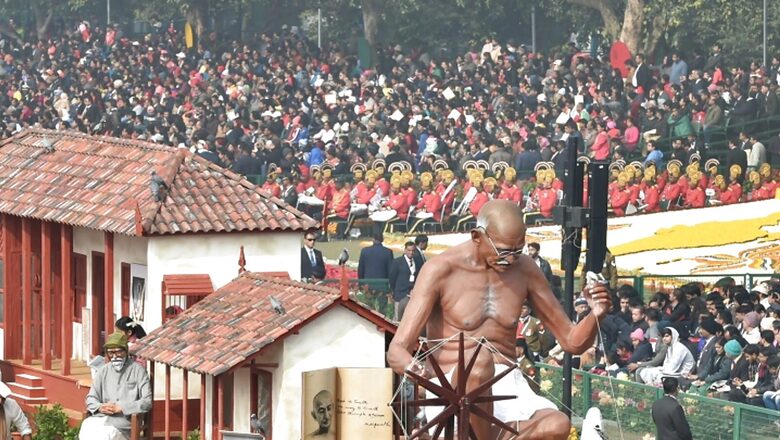
views
The Jallianwalla Bagh, a park where on April 6, 1919 troops under British command killed at least 379 unarmed demonstrators. But in 1922, there was an even more horrific massacre, the details of which have been kept secret for many years.
No one knows about the massacre in remote Bhil village of Gujarat on March 7, 1922, where around 1,200 people died, houses were burnt and many more were seriously injured in Pal and Dadhavav villages of Sabarkantha district in Gujarat.
The story has surfaced another British-directed massacre. How many of us have heard the name of Motilal Tejawat, the man who was regarded as the messiah who awakened the people against the tyranny and injustice of the native rulers and the British.
This untold and forgotten story revealed by Prime Minister Narendra Modi during his days as Chief Minister of Gujarat brought the brutal chapter of history before the world. Today, Shahid Smriti Van and Shahid Smarak are witness of this horrific incident in village of Palchitaria.
Motilal Tejawat was born in Koliyari (now in Jhadol tehsil, Udaipur district, Rajasthan) in 1886. After getting educated up to the fifth grade, he started working at the Jhadol tehsil for some time where he witnessed the suppression of the local Bhil people at the hands of the Thakur and the British.
This prompted him to resign from his post and he started working for a shopkeeper in Udaipur city. After being newly employed, he was sent to Jhadol for a business where the Thakur ordered him to handover the building material belonging to Tejawat’s employer which he refused to oblige, and was mercilessly beaten and imprisoned. He was so much pained and humiliated that he decided to leave his job and devote himself to full time political activity.
The Bijolia movement had a huge impact on Tejawat and he was greatly moved by it. He somehow came in contact with the pamphlets of that movement and distributed them to people in Bhil majority areas. He organized several meetings in Bhil villages and was successful in organizing committees that were keen on articulating the grievances and demands of the Bhil people.
The slowly increasing mass movement in Bhil villages gave Tejawat confidence and he started associating his movement being part of the large Independence movement of the country led by, amongst many others, Gandhi ji. He was a big supporter of an upcoming “Gandhi Raj”.
His efforts had slowly begun to show some good signs and he was able to put together a large gathering of Adivasi peasants for the annual peasants fair Matri Mundiya near Chittor to spread his message and mobilize his people on the issues of unfair taxation.
After the fair, large number of people started marching towards Udaipur to meet the Maharana who had agreed to meet them and listen to their problems and demands. But there were many important issues on which the Maharana didn’t give any concession like: the use of forests by the Adivasis, begar and the grouping of the Adivasi people for the Shikar.
Many reformist newspapers supported the Eki movement (The Eki movement aimed at uniting opposition to all types of exploitation of Bhils by the states and jagirdars), and several articles were published in the newspapers like Navin Rajasthan. Some newspapers published articles about the conditions of the Adivasis and the farmers associated with the movement.
Clearly, a mass movement like this was alarming for the British army because they were familiar with the happenings of the Jallianwala Bagh incident. A complete suppression of such movements was there sole motto.
At noon on March 7, 1922, Mewar Bhil Corps (MBC), a paramilitary force commanded by British officer Major HG Sutton, open fired on a large gathering of Adivasis led by Motilal Tejawat. Constant firing resulted into the death of around 1,200 people and many more were seriously injured. While Major Sutton described the massacre as a ‘skirmish’ in which only 22 people were killed.
Tejawat somehow managed to escape and the movement continued for another couple of months. The merciless killing of so many people had no effect on the British and on May 8, 1922, the villages of Bhula and Balohiya were besieged by the British soldiers who fired shots on the residents and set the houses on fire killing around 1,200 people and 640 houses were burnt to ashes. By the end of 1922, the Eki movement had collapsed.
Having faced the aftermath of the public massacres before, the British used all their might to curb the spread of the news of another, but more brutal massacre, amongst different parts of the country. No one came to know about the incident and the British took such extraordinary measures to suppress the incident.
Tejawat received bullet shots on his thighs and was seriously injured. He was rescued by some of his supporters and was taken into the hills where he stayed for many years till he surrendered on the request of Mahatma Gandhi in 1929 and remained imprisoned thereafter. He died in Udaipur in 1963.
After the Independence, he visited Palchitaria, the site of the incident to pay his respects to the martyrs of 1922. He addressed a gathering of people and the relatives of those killed two decades earlier, he named the spot of the massacre as ‘Virbhumi’ and requested everyone to hold a fair in their memory on March 7 every year.
This time at the Republic Day Parade, the Government of Gujarat has paid tribute to these martyrs by showcasing their freedom movement.
Nilesh Shukla is Joint Director of Information in Gujarat Bhawan, working in Delhi for 25 years. He also looks after work related to PR and Media on behalf of the Government of Gujarat in Delhi. The views expressed in this article are those of the author and do not represent the stand of this publication.
Read all the Latest Opinions here












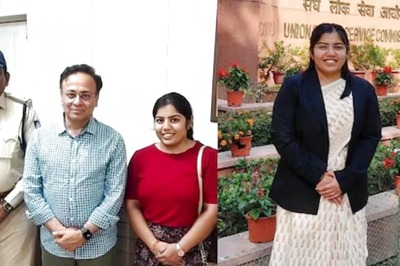

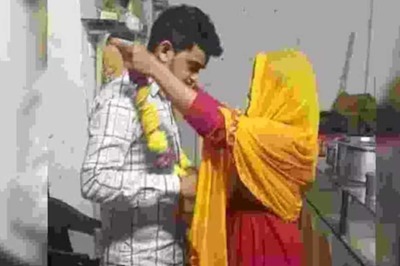


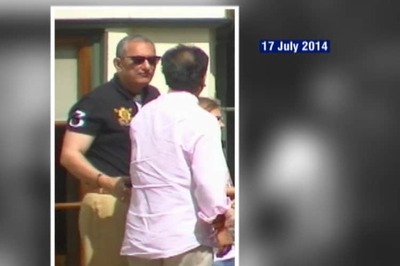

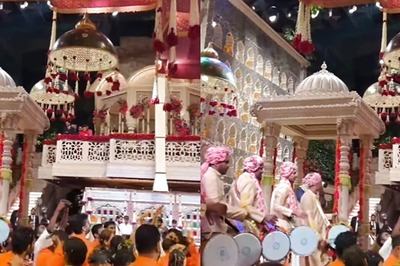
Comments
0 comment